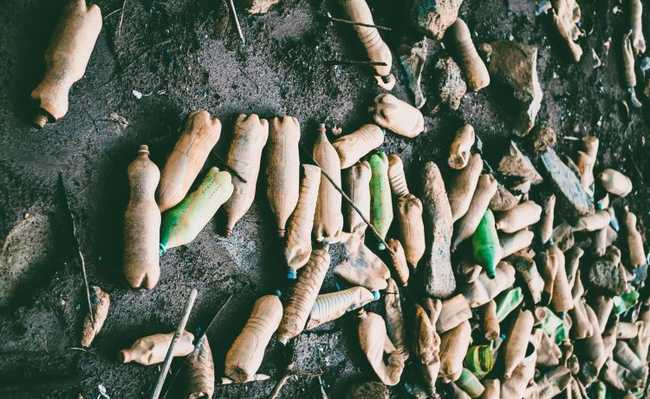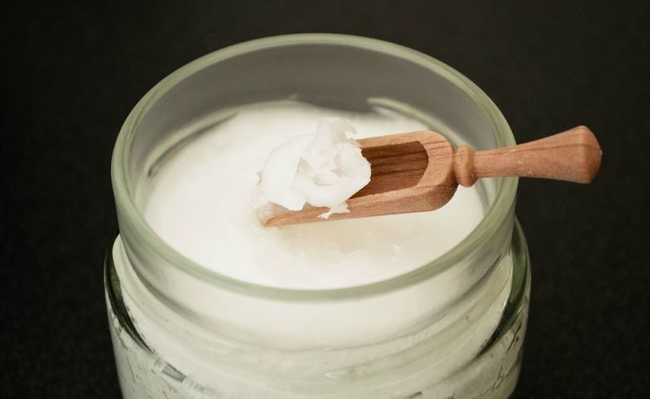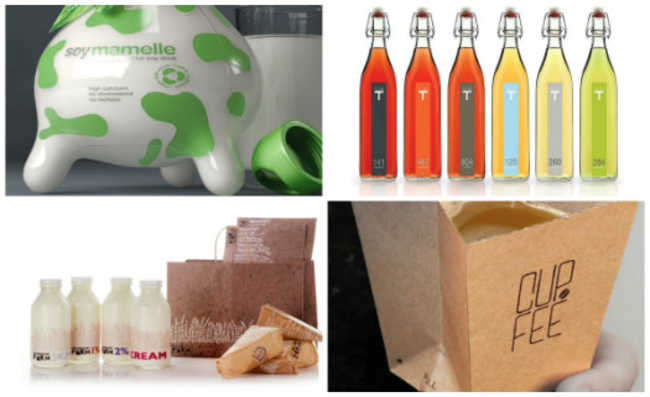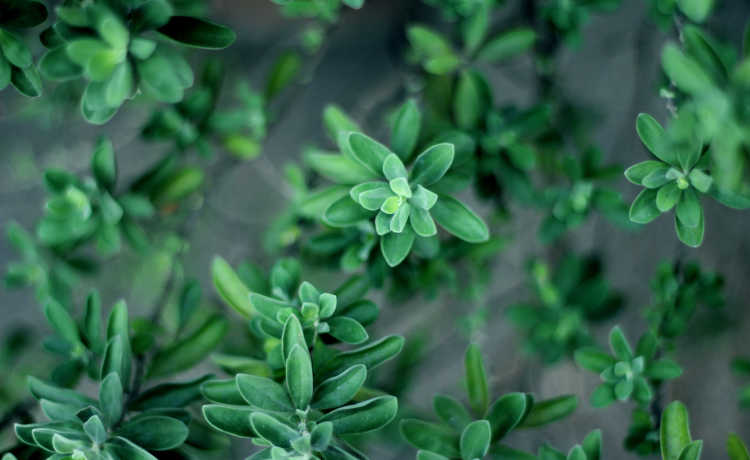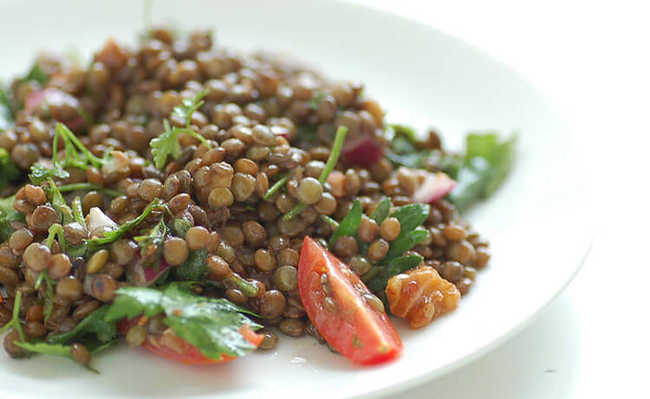Home-style shampoo and conditioner recipes
Learn how to make shampoo and conditioner home-style, free of substances harmful to health and the environment

There is a very wide variety of shampoo and conditioner types available on the market, but have you ever thought about making your own product? In addition to being cheaper, homemade and natural shampoo is safer for health and the environment.
Components of traditional shampoo, such as cocamide DEA and parabens increase the chances of cancer in humans and can cause degradation of water quality. As a result, more chemical components are needed for the treatment of effluents, starting a cycle that is harmful to the environment as a whole.
- Traditional shampoo components can cause environmental and health problems
But if you use less harmful ingredients, such as baking soda and various types of vinegar, damage to health and the environment will be reduced, as they are alternative elements to synthetic compounds found in traditional shampoo and toothpaste.
It is important to emphasize that most substances, in adequate dosages, do not pose a health risk. They start to present risks when managed inappropriately. Please note, however, endocrine disruptors are substances that even in very small dosages can pose a health risk. The same goes for baking soda, vinegar and all the less harmful ingredients present in homemade recipes. Following the proper dosages in the recipes ensures your safety, as even high doses of bicarbonate can negatively affect your health, in addition to drying out your hair. Another point is related to the use of substances by allergic people. If you are allergic to any ingredient in the recipes or have any type of hair problem, such as seborrheic dermatitis, its use is not indicated as it does not contain anti-dandruff properties.
Here are some easy-to-make and environmentally friendly homemade shampoo and conditioner recipes:
Homemade shampoo for oily hair
Ingredients
The quantity of each item below is sufficient for about two weeks of product usage.
- 1 tablespoon of baking soda;
- 200 ml of water;
- 1 empty storage container.
Method of preparation
Mix baking soda with 200 mL of water and store in a container, which can be a glass or PET bottle. To use it, wet your hair well, apply the product and massage for a few minutes. Then rinse with plenty of water.
Homemade Vinegar Conditioner
- 1 tablespoon of vinegar;
- 200 ml of water;
- 1 empty storage container;
Right after using the homemade sodium bicarbonate shampoo, add the vinegar to 200 mL of water and apply to the hair. Diluted vinegar will neutralize the hair's pH, causing your cuticles to close - providing a lot of shine to the strands.
Don't worry about the aroma of vinegar and baking soda, as both are in very small amounts and, after rinsing with water, these characteristic odors will be imperceptible. But you can add two drops of your preferred essential oil to vinegar to add aroma.
- What are essential oils?
frequency of use
The frequency of use of these homemade shampoo and conditioners depends specifically on each type of hair, and the most oily ones will benefit the most from it, as its powerful cleaning action promotes a natural balance of the strands' oiliness. Therefore, oily hair can use it around twice a week or even more, and adjust this frequency as needed during prolonged use.
On the other hand, drier and weakened hair due to chemical processes that are harmful to the threads or even due to lack of adequate hydration should use less frequently, about once a week - or less, according to self-perception.
What promotes hair cleaning with these simple ingredients is that due to the basic character of sodium bicarbonate, its action promotes the opening of the hair cuticles allowing water to penetrate them and remove all dirt, cleaning them. . The use of vinegar in the sequence is necessary to neutralize this high pH, causing the cuticles to close again, and this sealing promotes intense shine to the hair. If this neutralization does not occur, the water that penetrated into the cuticles can cause excessive weight and the strands can break, making the hair brittle.
This explains greater attention to the frequency of using this shampoo for already weakened or abused hair. However, with prolonged use, the hair will certainly benefit from its composition free from harmful chemical agents and will gradually regain vitality and shine.
Avocado shampoo and conditioner for dry hair
The previous recipe was more recommended for hair with greater oiliness and was just a shampoo. This recipe teaches you how to prepare a shampoo that can also be used as a homemade conditioner, being two in one .-
Ingredients
- 1 cup (mug type) of baking soda;
- ¼ cup (mug type) of avocado;
- 400 ml of filtered water;
- 1 empty storage container;
Method of preparation
Mix ingredients in a container to obtain a homogeneous shape. The greater the amount of avocado added, the greater the moisturizing power - which can also serve as a replacement for traditional conditioner, but remember: too much avocado can leave hair greasy and looking unwashed.
To use it, wet your hair well, apply the product and massage for a few minutes. Then wash thoroughly. Don't forget to keep the homemade shampoo in the fridge for a maximum of two weeks.
This homemade shampoo can be used from one to two times a week, according to the type of hair and the specific need for hydration of each one, as, as previously mentioned, if used excessively the hair can become oily.
If you notice hair that is drier or looks that you don't like, discontinue using this shampoo or conditioner. Each hair has its own specificity and self-perception is worth more than any recipe.




